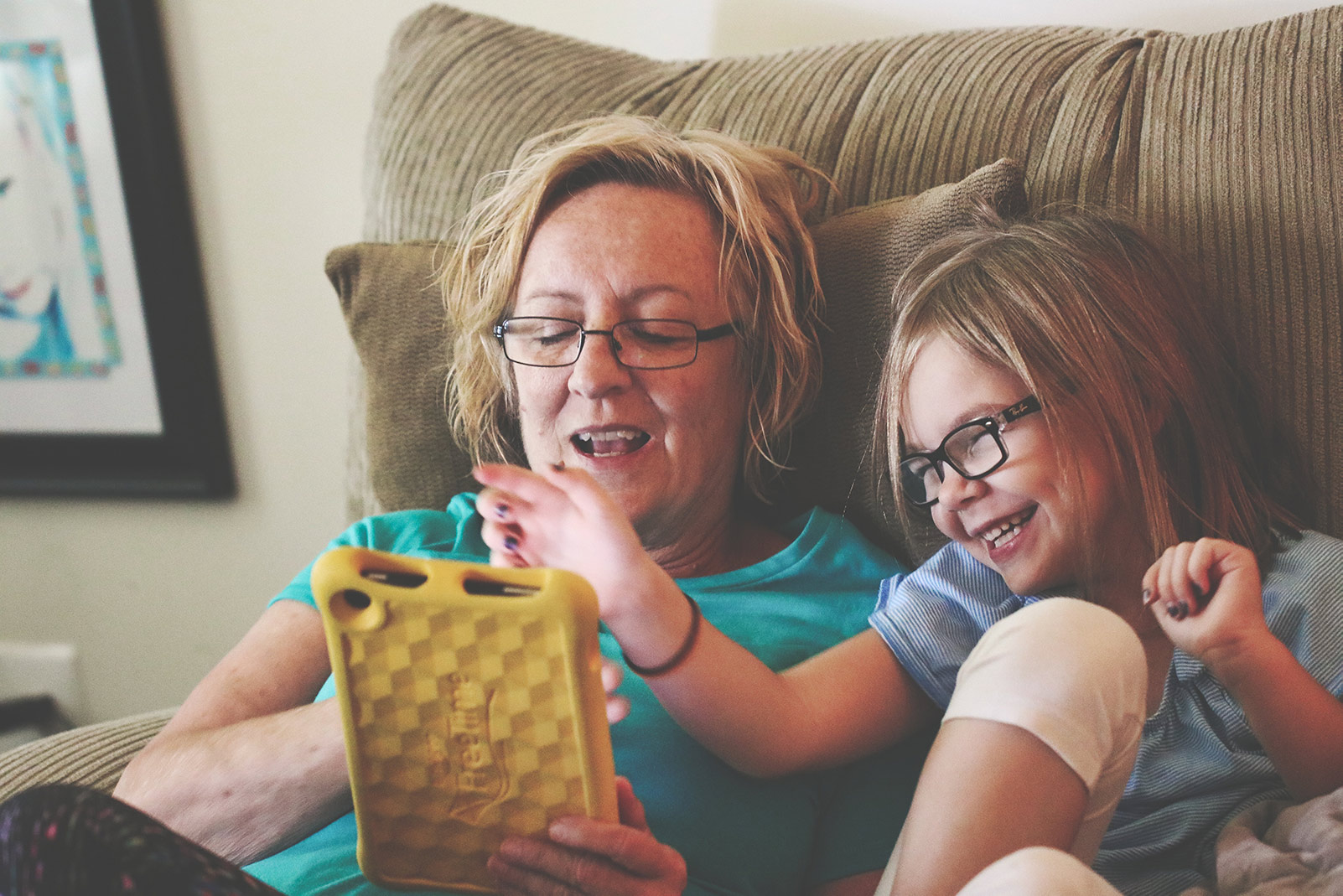Apter, M. J. (2016). Understanding Reversal Theory: Six Critical Questions. 5, 1-7.
Cantor, N. (1994). Life Task Problem Solving: Situational Affordances and Personal Needs. Personality and Social Psychology Bulletin, 20(3), 235-243. doi:10.1177/0146167294203001
Diekman, A. B., Steinberg, M., Brown, E. R., Belanger, A. L., & Clark, E. K. (2016). A Goal Congruity Model of Role Entry, Engagement, and Exit: Understanding Communal Goal Processes in STEM Gender Gaps. Personality and Social Psychology Review, 21(2), 142-175. doi:10.1177/1088868316642141
Fiske, S. T., & Taylor, S. E. (2017). Social cognition: from brains to culture. (3rd ed.). London: SAGE.
Gabriel, S., Valenti, J., & Young, A. F. (2016). Social Surrogates, Social Motivations, and Everyday Activities: The Case for a Strong, Subtle, and Sneaky Social Self. In J. M. Olson & M. P. Zanna (Eds.), Advances in Experimental Social Psychology, Vol. 53 (pp. 189-243). Academic Press. doi:10.1016/bs.aesp.2015.09.003
Goffman, E. (1973). The presentation of self in everyday life. Woodstock, New York: Overlook Press.
Kadushin, C. (2012). Understanding Social Networks: Theories, Concepts, and Findings. New York: Oxford University Press.
Turner, J. C., Hogg, M. A., Oakes, P. J., Reicher, S. D., & Wetherell, M. S. (1987). Rediscovering the social group: A self-categorization theory. Cambridge, MA: Basil Blackwell.
Turner, J. C., & Reynolds, K. J. (2012). Self-Categorization Theory. In P. A. M. V. Lange, A. W. Kruglanski, & E. T. Higgins (Eds.), Handbook of Theories of Social Psychology, Volume 2 (pp. 399-417). London: SAGE Publications Ltd. doi:dx.doi.org/10.4135/9781446249222.n46
